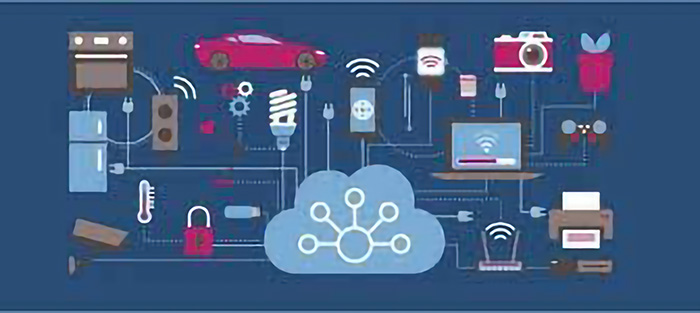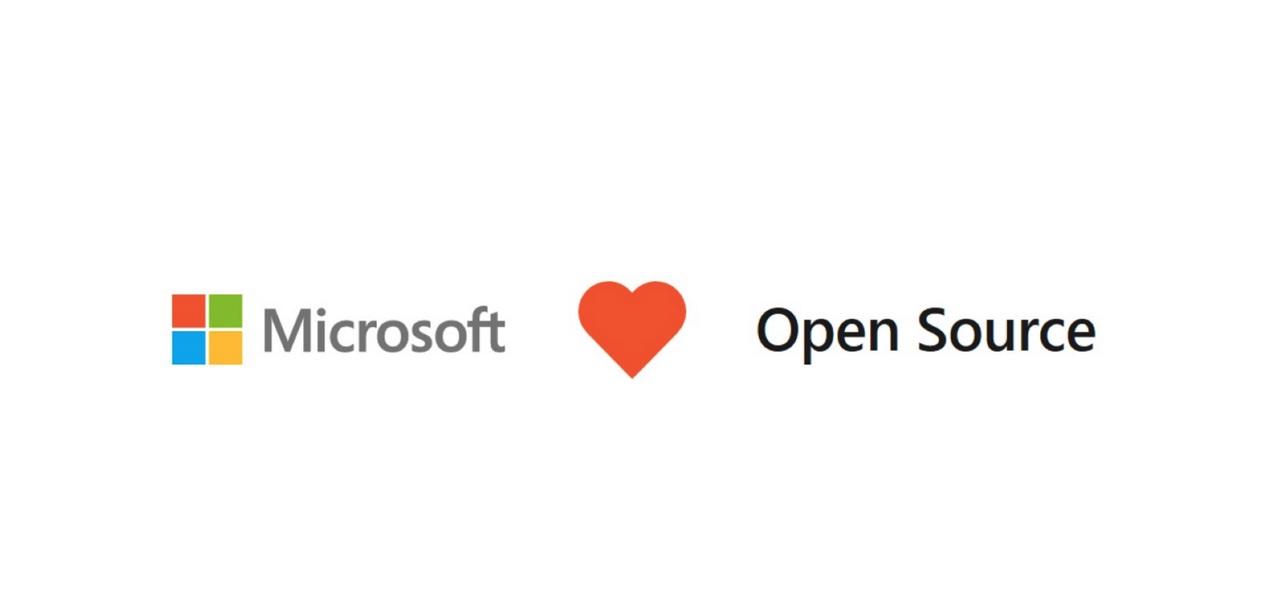Recently I made up my mind on the decreasing relevance of operating systems and desktop environments for the user experience on AllThings D. Not surprisingly, there have been some concerns that question my prediction that HTML5 Apps have a huge potential to replace both native Apps as well as native desktop environments. Here is my reply:
I noticed on many occasions, the “battle” between native and HTML5 Apps can become quite emotional. This is a good sign, because a lot is at stake when making a decision for one or the other as an ISV or Service Provider. Regardless, a disruptive technology cannot wipe out everything in its path, there will always be native, local, on-premises, off-line apps, as evident with the existing OS/2, Cobol, CICS, Windows XP applications. For some, these are still the best technologies for their tasks at hand. The vast majority of apps are served well by a HTML5/JS combination, however, some still have room for improvement.
However, the advantages are simply too compelling, and HTML5/JS is the king of portable app implementation languages, cross-device and cross manufacturer. Billions are invested in VM technologies, browsers and platforms, and the run-time environment (the browser) is available on all devices, pre-installed. HTML5 is open and anti-monopoly, with advantages so compelling that people will accept some of the shortcomings, and those will go away over time. Remember what a poor phone or text messaging machine the iPhone was? Look at how iPhones have evolved only six years after the initial release. This is how disruptive technologies work. For further background, check out Clayton Christensen’s “The Innovators Dilemma.”
Some of you voiced concerns about having everything in the cloud and the subscription models that go with it. I agree with those concerns, but I am really talking about software, not the deployment and commercial models. Any HTML5/JS software can, in principle, be deployed in any scenario: Over-The-Top Cloud, “Private” Cloud, On Premises, on a BeagleBone or Raspberry Pi. The same is true for the Web Desktop. Google Chrome is bound to Google, bound to a service and not available as software, which serves as a very limited distribution model. The other extreme is what we have chosen at Open-Xchange, all software available as a download, in source code for your own clouds or available as-a-service from trusted service providers. This should take care of all concerns and what comes with them, regarding licensing, distribution and deployment models.




-png-2.png)
